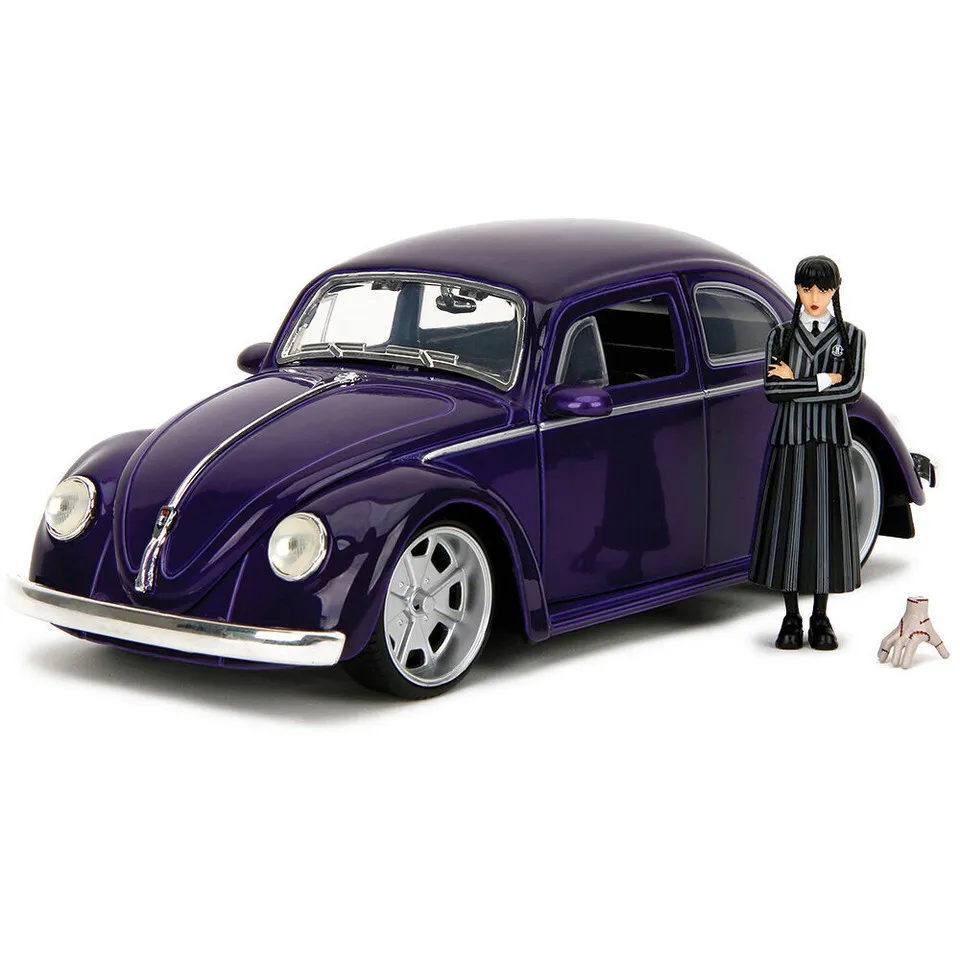The Genesis of Diecast Model Cars
Diecast model cars have captivated collectors and enthusiasts for generations, offering a tangible connection to automotive history and design. These miniature marvels are not merely toys they are intricate replicas that mirror the craftsmanship and engineering of their full-sized counterparts. But how are these stunning models actually made? The journey from concept to collectible is a fascinating process, involving a blend of traditional techniques and cutting-edge technology. This article delves into the intricacies of diecast model car manufacturing, revealing the secrets behind their creation.
The History of Diecast Models
The history of diecast models dates back to the early 20th century, with their origins rooted in the desire for durable and detailed toy cars. Early examples were often made from tin or other metals, but the advent of die-casting technology revolutionized the industry. This new method allowed for the mass production of intricate designs with remarkable accuracy. Early diecast models were relatively simple, but they paved the way for the highly detailed and sophisticated models we see today, laying the foundation for the collector’s market.
Early Production Techniques
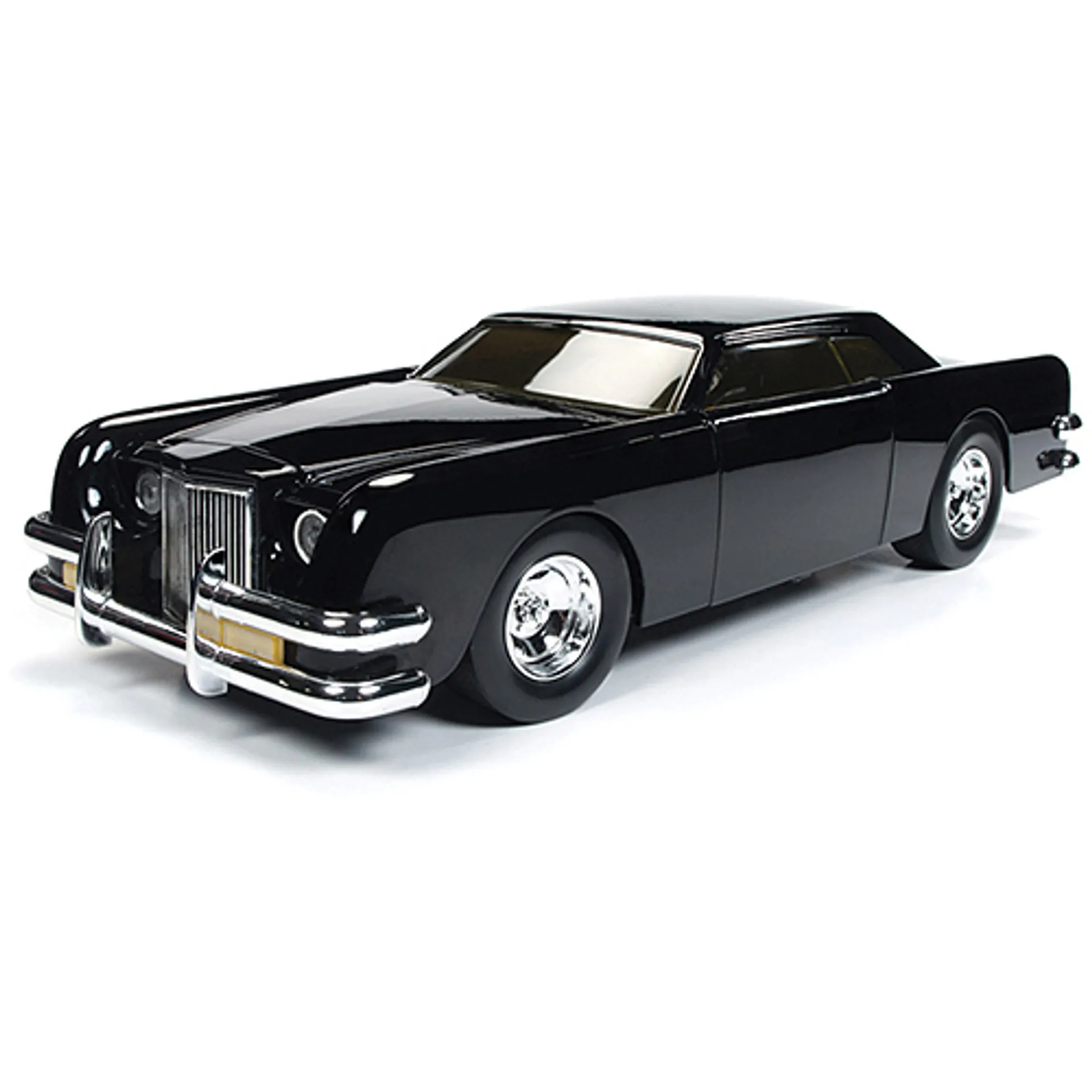
Early diecast production relied on rudimentary techniques. The process began with creating molds (or dies) from steel. Molten metal was then injected into these molds under high pressure, allowing the metal to take the shape of the car’s components. Once cooled and solidified, the castings were removed, trimmed of excess material, and prepared for painting and detailing. These initial methods, though basic, were the foundation of the diecast industry. Over time, advancements in materials and techniques have significantly improved the quality and complexity of these model cars.
Materials Used in Diecast Car Production
The materials used in diecast model car production are carefully selected to ensure durability, detail, and aesthetic appeal. The primary material used is a metal alloy, but other materials are essential in the creation of a complete model. The choice of materials significantly affects the quality and value of the final product, making material selection a crucial aspect of the manufacturing process.
The Primary Metal Alloy
The primary metal alloy used in diecast model car production is typically a zinc alloy, often referred to as Zamak. This alloy, consisting of zinc, aluminum, magnesium, and copper, is prized for its excellent castability, dimensional stability, and ability to capture fine details. Zamak allows for the creation of intricate designs and is strong enough to withstand handling and play. The specific composition of the alloy can vary between manufacturers, but the goal remains to achieve a balance of strength, detail, and cost-effectiveness, making Zamak an ideal choice.
Other Materials Used
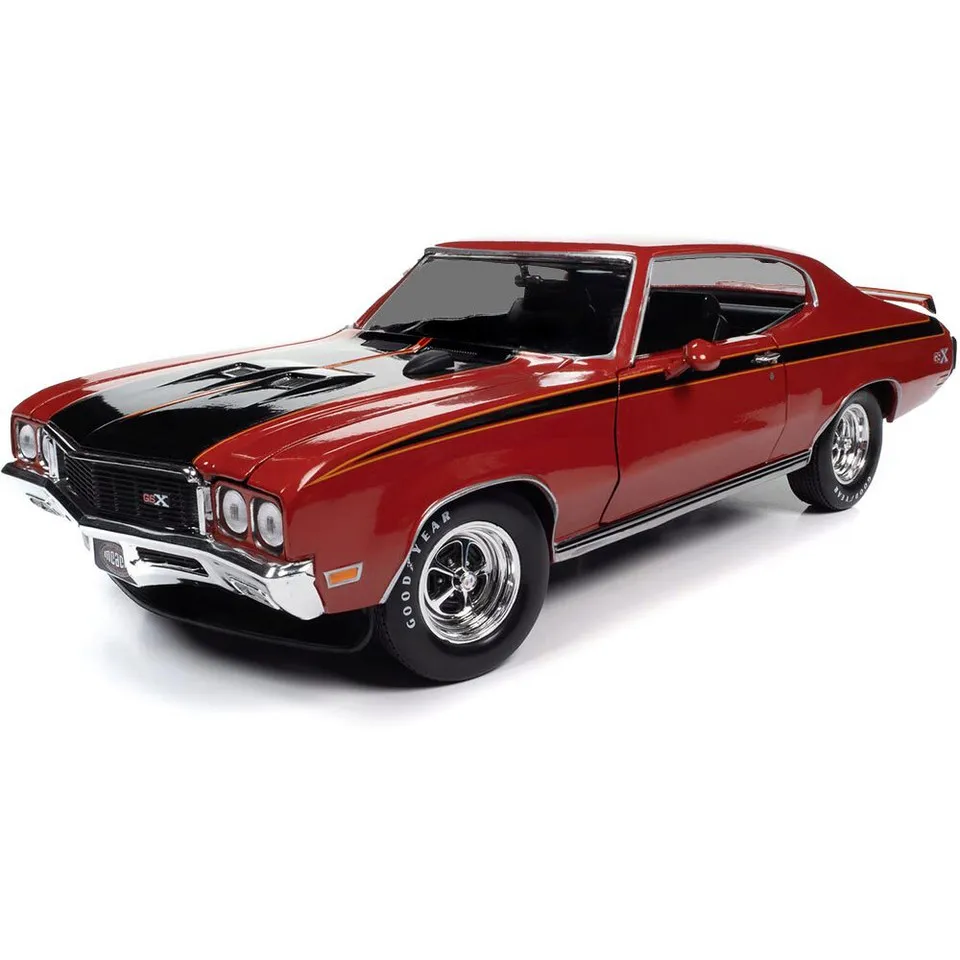
Beyond the metal alloy, a variety of other materials are used in diecast model car production. These include plastics for interior components, tires, and other details; clear plastic or glass for windows; rubber for tires; and paints and decals for finishing. The combination of these materials allows for the creation of highly realistic and detailed models. Careful selection and use of these materials are critical for achieving the desired level of realism and quality.
The Die-Casting Process Explained
The die-casting process is the heart of diecast model car manufacturing. This process involves several key steps, each crucial to the final product’s quality. From creating the molds to injecting molten metal and finishing the castings, the die-casting process is a highly technical operation. Precision and attention to detail are vital throughout the process to ensure that the final model accurately reflects the design and specifications.
Creating the Dies
The process begins with creating the dies, which are essentially the molds used to cast the metal components of the car. These dies are typically made from hardened steel and are created using precise CNC machining. The dies are designed to capture every detail of the car’s design, from the body panels to the intricate interior features. The accuracy of the dies is critical, as any imperfections will be reflected in the final product. This step is a complex process that demands precision and expertise.
The Injection and Cooling Phases
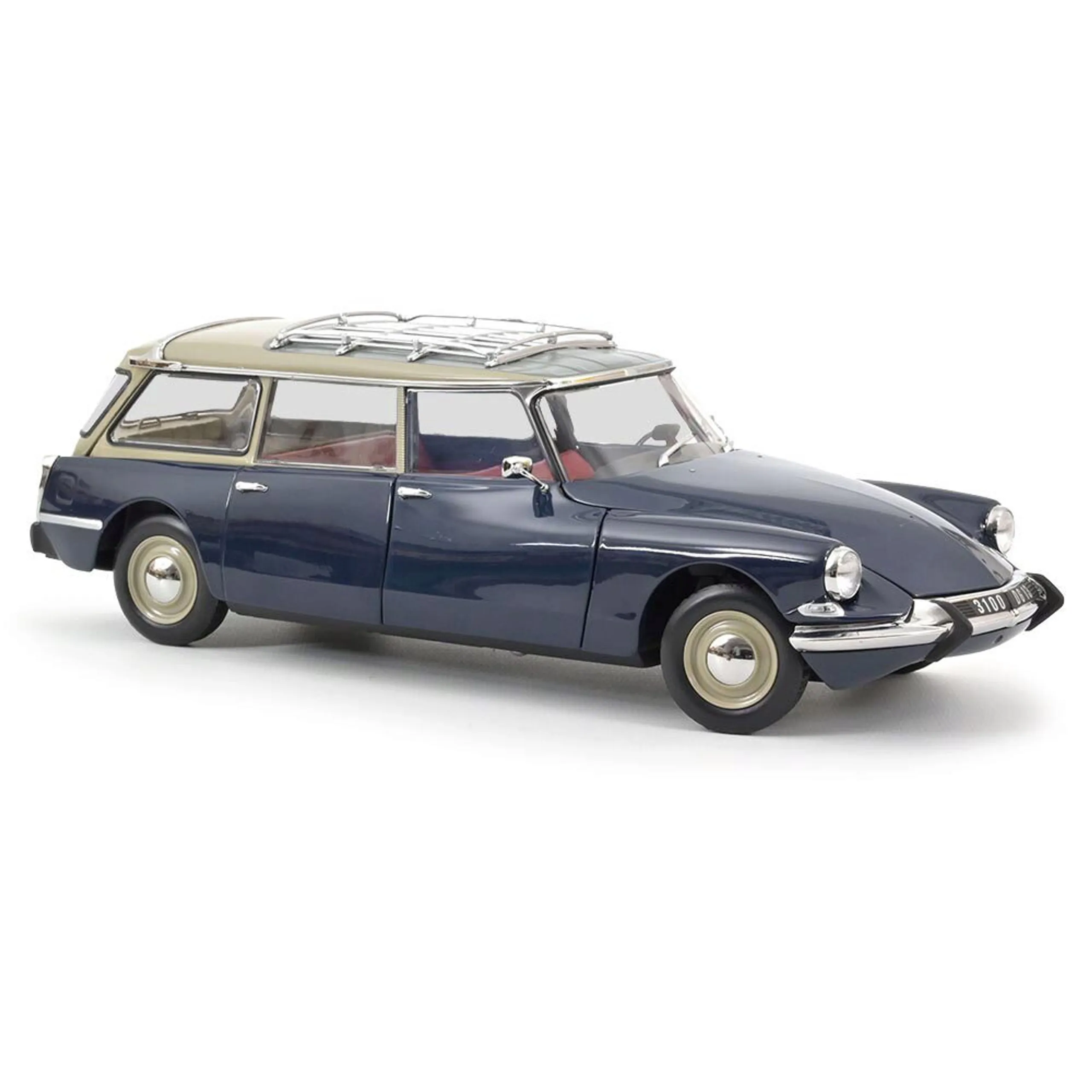
Once the dies are created, molten metal alloy is injected into the molds under high pressure. The pressure forces the metal into every detail of the mold, ensuring a precise casting. After injection, the metal is allowed to cool and solidify within the mold. The cooling time is critical to prevent warping or other defects in the casting. This phase of the process requires careful control of temperature and pressure to achieve the desired results.
Trimming and Finishing the Castings
Once the metal has cooled and solidified, the castings are removed from the dies. Excess material, such as sprues and runners, is then trimmed away. The castings are then smoothed and prepared for the next stages of production. This often involves grinding, polishing, and other finishing processes to remove any imperfections and prepare the surface for painting and detailing. Precise trimming and finishing are essential for the overall appearance and quality of the model car.
Assembly and Detailing
After the die-casting process, the individual components of the car undergo assembly and detailing. This stage involves a combination of manual and automated processes, each contributing to the model’s final appearance. The details that are added make the model cars so sought-after by enthusiasts and collectors. From painting and decal application to the assembly of interior and exterior details, this step is a crucial part of bringing the model car to life.
Painting and Decals
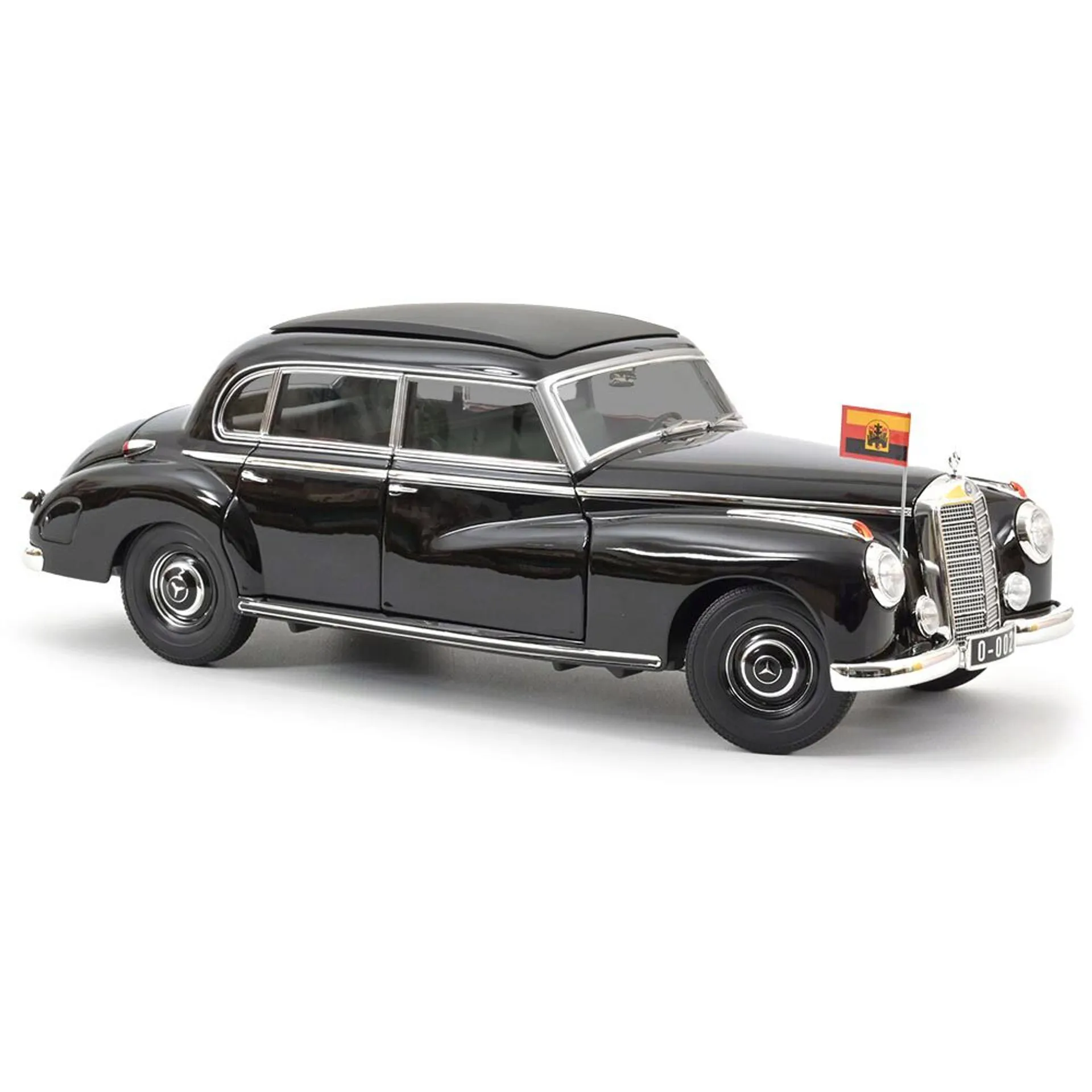
Painting is a crucial step in the detailing process. The metal castings are first primed and then painted with high-quality paints to achieve the desired color and finish. Decals are then applied to replicate the car’s branding, markings, and other details. The painting process often involves multiple layers and meticulous attention to detail to achieve a realistic and visually appealing finish. Precise paint application and decal placement contribute significantly to the overall appeal of the model car.
Interior and Window Detailing
Interior and window detailing adds another layer of realism to the model car. Interiors are often made of plastic and feature detailed dashboards, seats, and other elements. Windows are typically made of clear plastic and are carefully fitted to the body. Interior detailing can also include applying decals or paint to replicate instrument panels and other features. The level of detail in the interior greatly influences the overall appeal and value of the model.
Wheel and Tire Assembly
Wheels and tires are essential components, and their assembly is a key step in the process. The wheels are often made of plastic or metal, while the tires are typically made of rubber. The wheels and tires are carefully assembled and attached to the chassis, often with axles that allow the wheels to rotate. The design and detail of the wheels and tires greatly contribute to the model’s overall realism and aesthetic appeal. The choice of wheels and tires can also significantly affect the value of the model.
Quality Control and Packaging
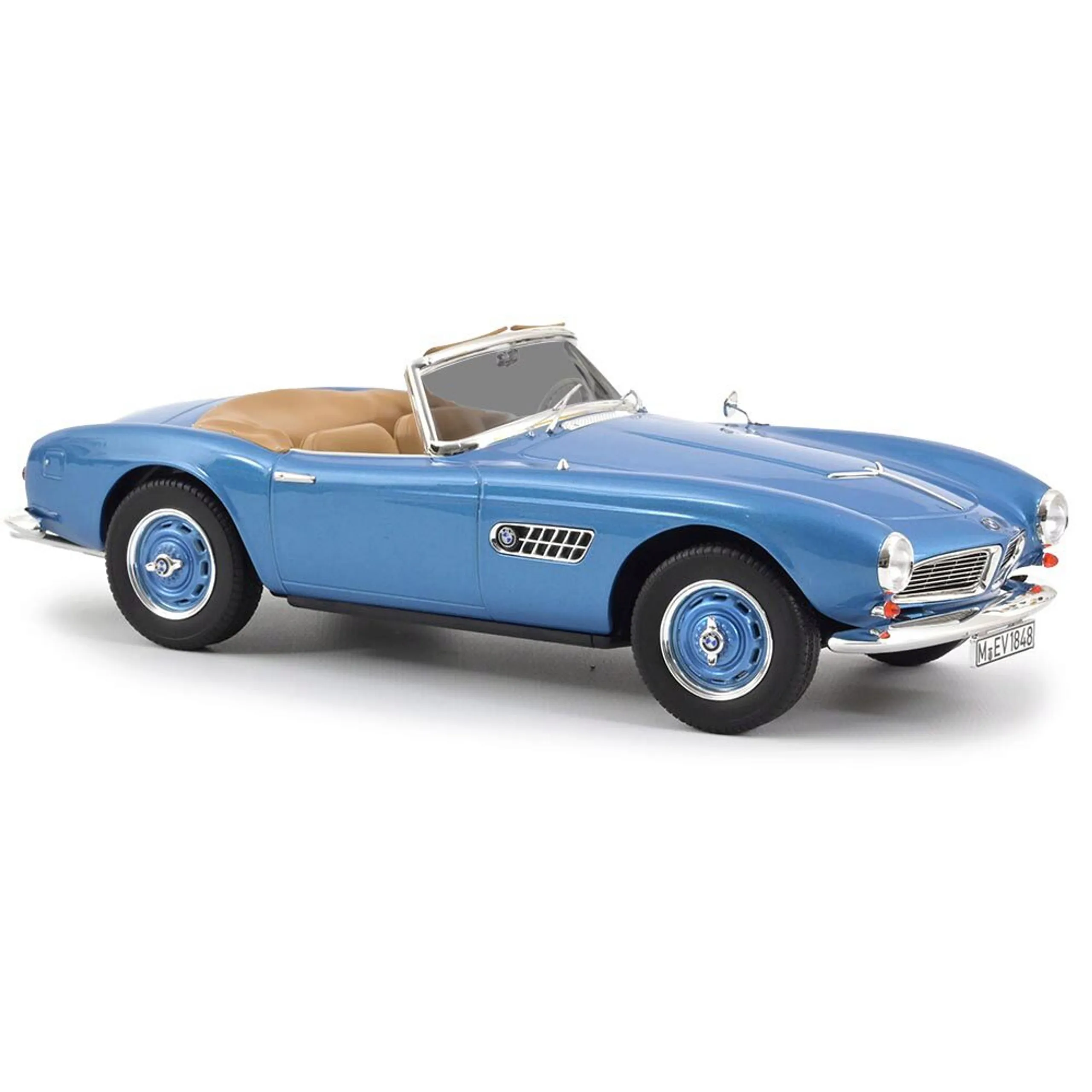
The final stages of the diecast model car manufacturing process involve rigorous quality control and packaging. Ensuring the model meets the required standards is essential before it reaches the collectors and enthusiasts. Proper packaging is also critical to protect the model during transportation and storage.
Inspection and Testing
Quality control involves a series of inspections and tests to ensure that each model meets the required standards. This can include checking for paint defects, verifying the alignment of parts, and testing the functionality of moving components. Any models that do not meet the standards are rejected or sent back for rework. This rigorous quality control process is essential to ensure customer satisfaction and maintain the brand’s reputation. Quality control also makes sure that there aren’t any sharp edges or toxic paints.
Packaging for Collectors
The final step is packaging. Model cars are carefully packaged to protect them during shipping and storage. Packaging often includes a display case and a protective outer box. The packaging itself can add to the value and collectibility of the model. Packaging designs often reflect the brand and model of the car, making them an essential part of the collector’s experience. The packaging is designed not only to protect the model but also to enhance its presentation and appeal to collectors.
